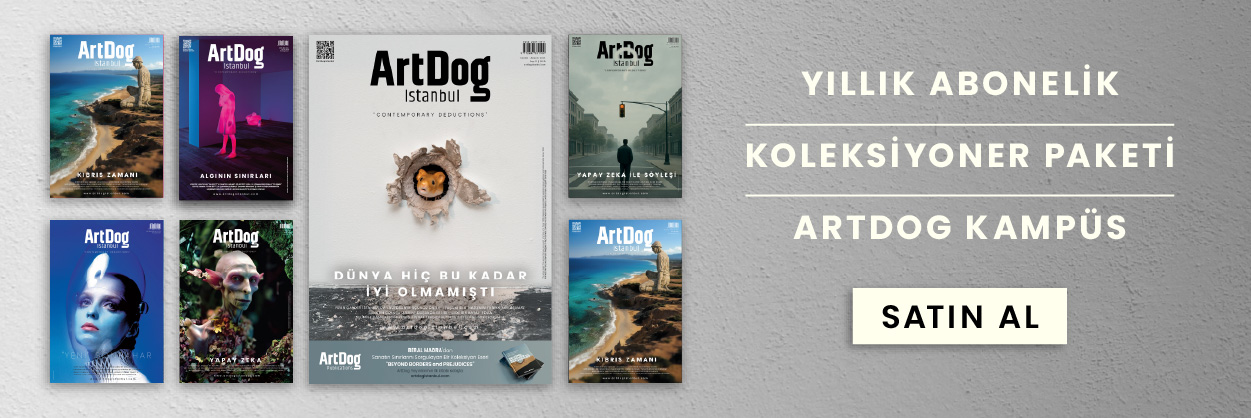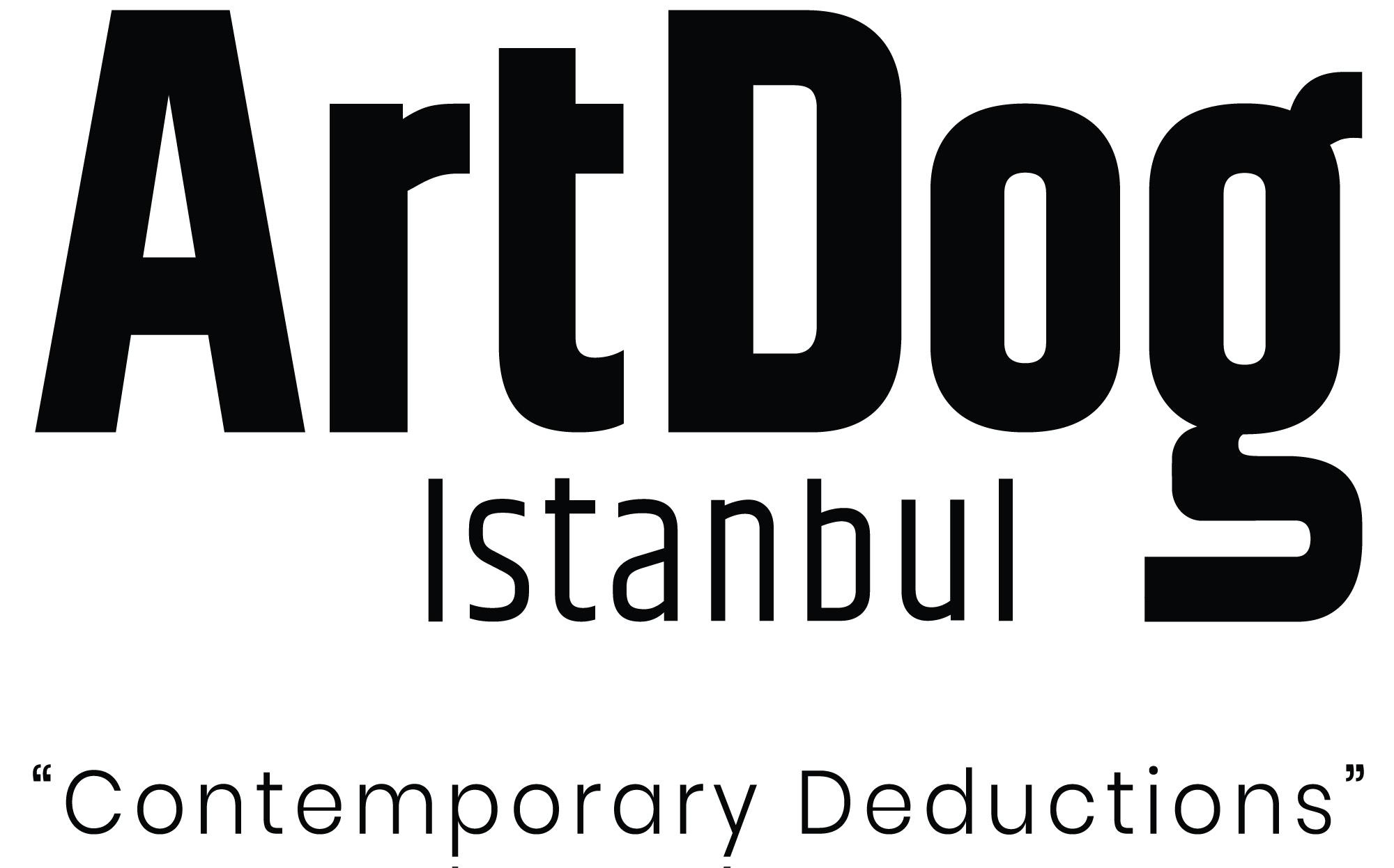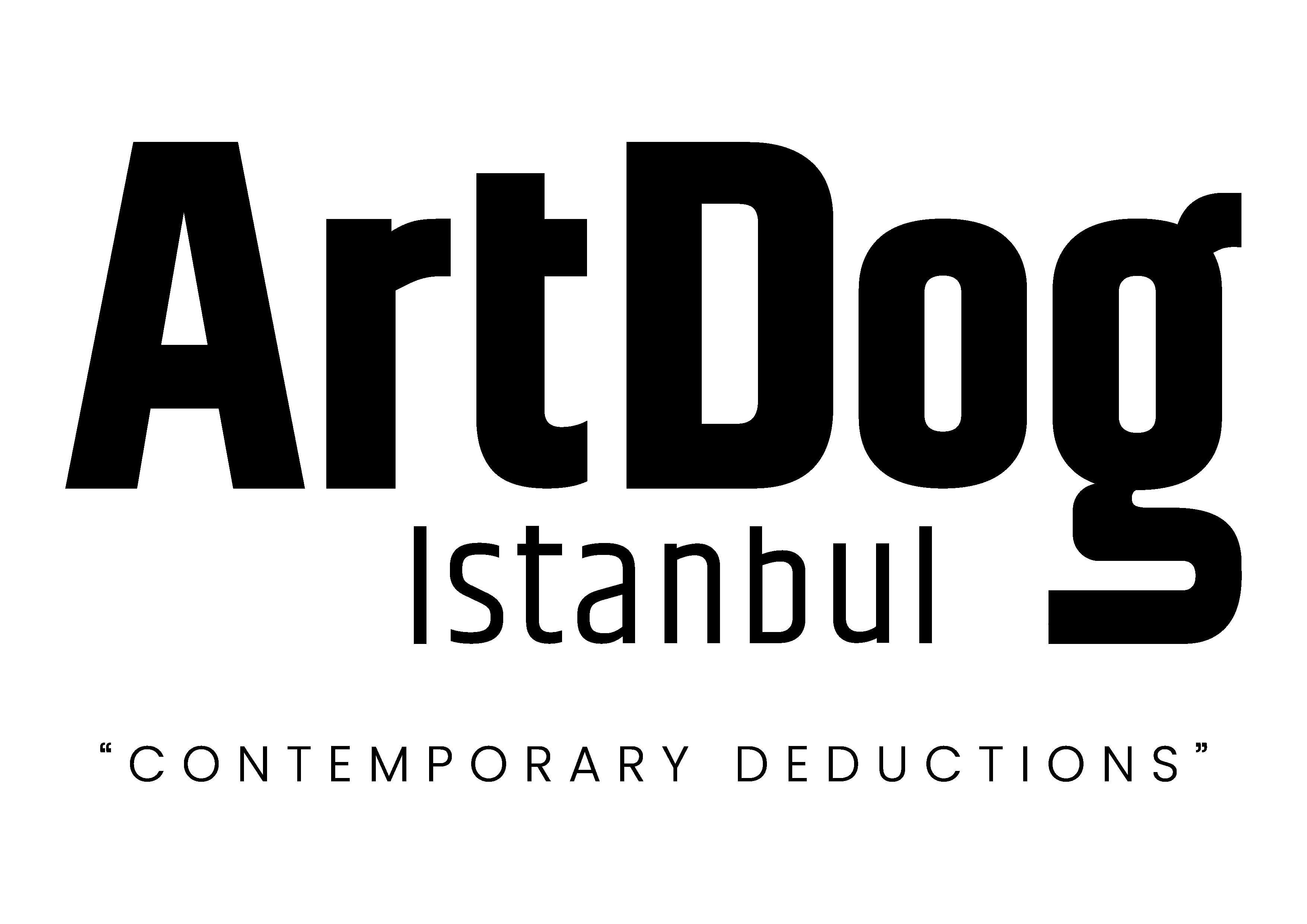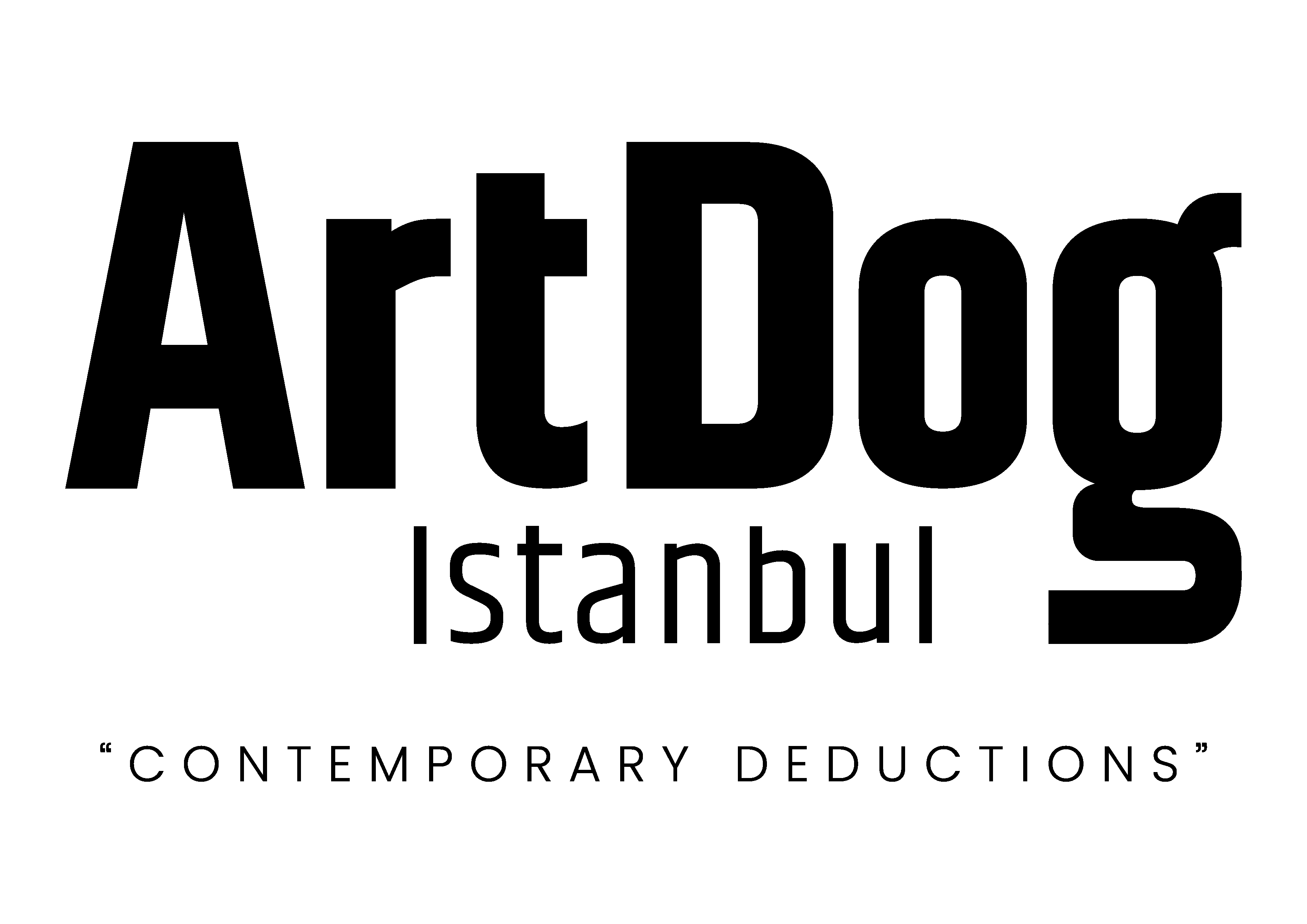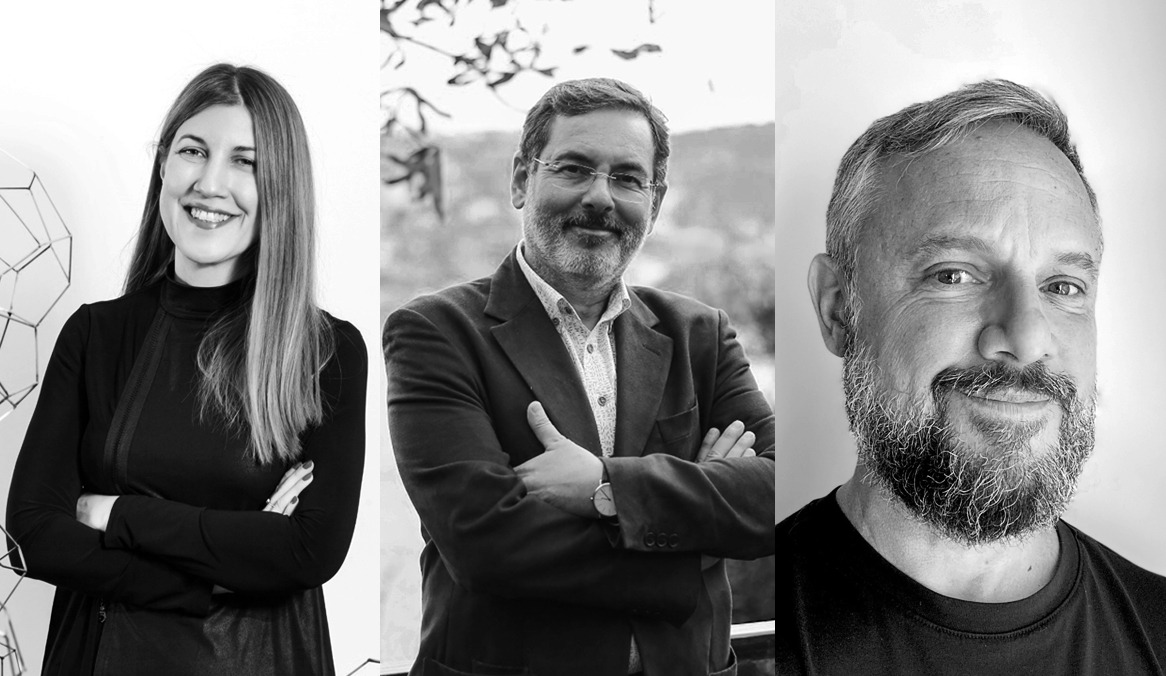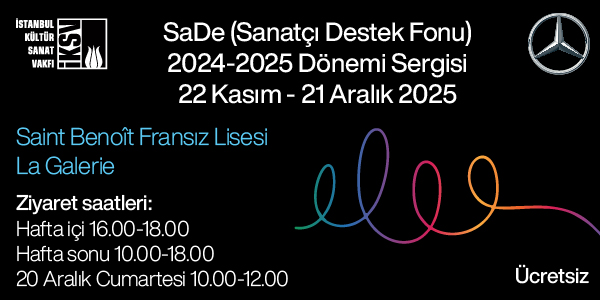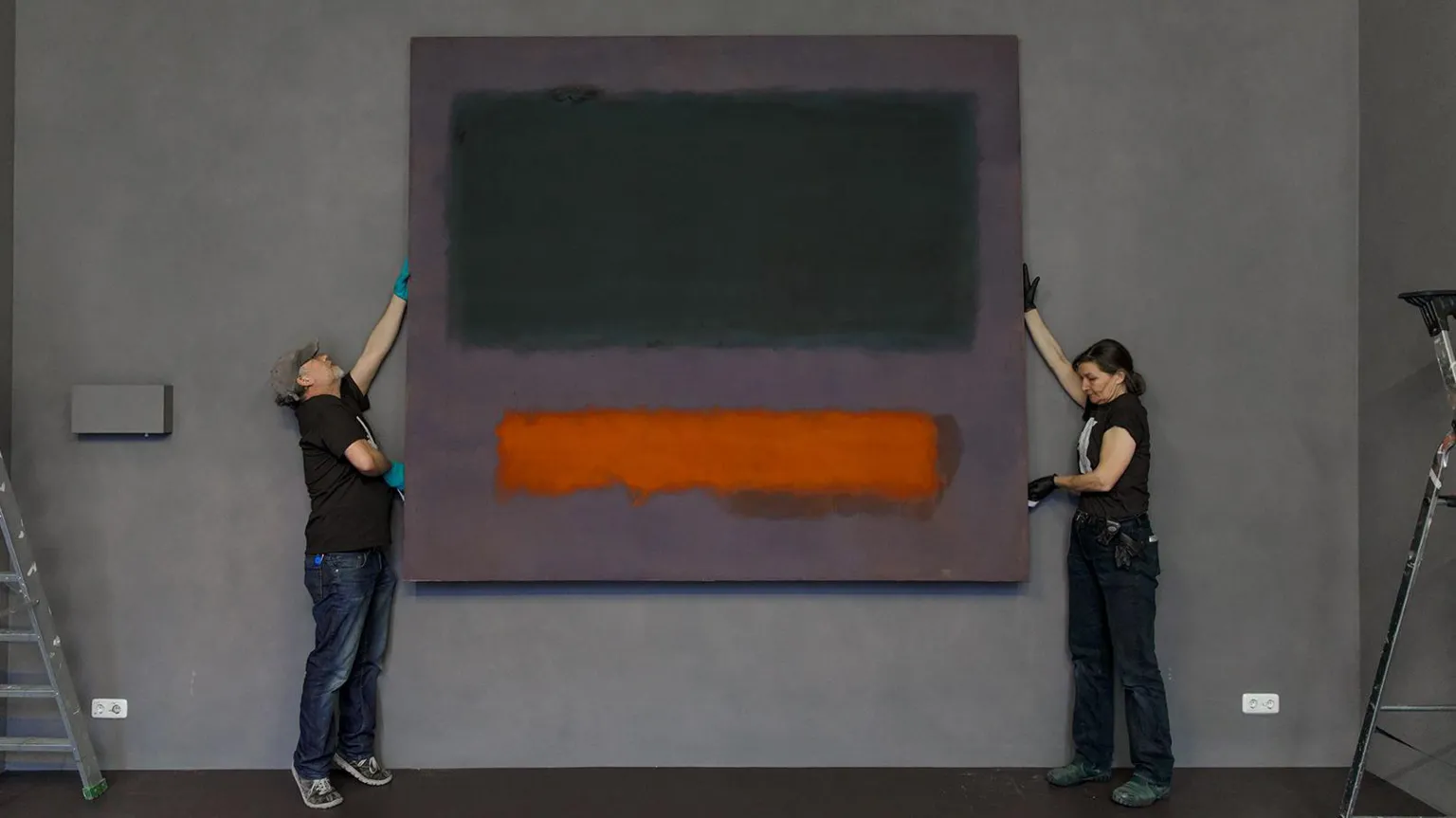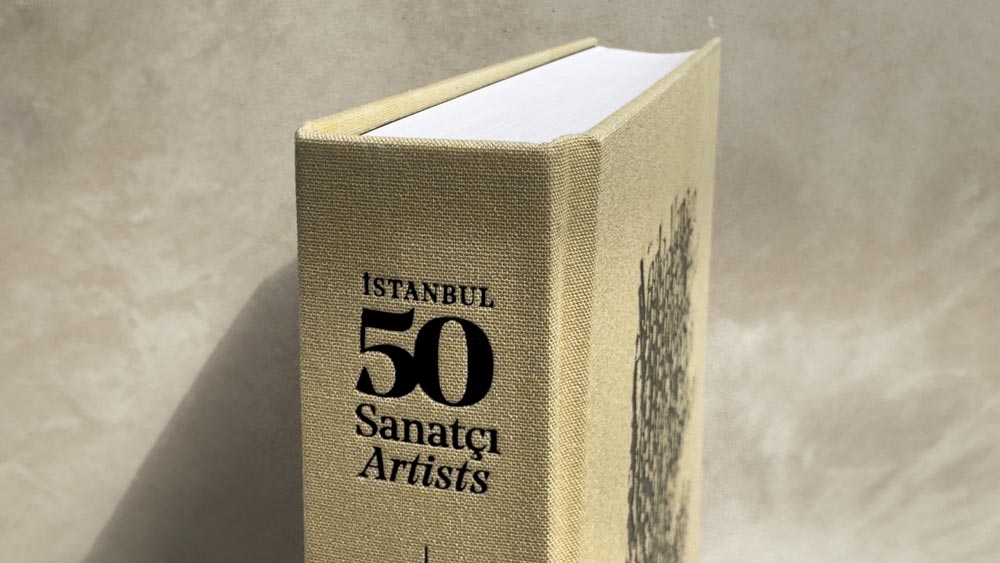How does art exist in the shadow of social ruptures, economic squeezes, political pressures, restrictions on freedom of expression, or personal anxieties? Does art lose its meaning or change its function in difficult times? Is producing and presenting art only a form of resistance or is it also a space of witnessing and transmitting?
As ArtDog Istanbul, in this series of investigations, we asked how art is shaped in times of heavy agenda and difficult conditions, the motivations of artists and art workers for production, and how they establish the balance between aesthetics and ethics in this process.
The second guests of our investigation series are Çelenk Bafra, Murat Gülsoy and Irmak Canevi.
Çelenk Bafra: “Art is inherently political.”
In times of social ruptures and political oppression, there have always been those who think that art is not a priority. In a way, this is a reflection of the dominant point of view that evaluates art only as an element of spectacle or in the context of consumer society, and tries to reduce it to aesthetic value or social activity.
“Art is first and foremost a form of thought and action.”
However, art is first and foremost a form of thought and action. Like every creative act and intellectual activity, both the process of its formation and its sharing are inherently political.
Although restrictions, (self)censorship and authoritarian interventions have changed the way art is produced, exhibited and visible, I observe that art is needed more than ever.
Of course, as institutions and supporters are more dependent on status and the status quo, they are more cautious about opening space for critical art, fearing the pressures of public opinion and authority. This situation narrows the possibilities and channels for critical art. Nevertheless, it can be said that thanks to the courage and creativity of artists and independent creative laborers in particular, they demonstrate a strong resistance against oppressive regimes and create hope and awareness in other segments of society.
While being nourished by historical and artistic analysis, the artist bears witness to his/her time, conveys it, and even creates visions of the future. In this context, I attach importance to the fact that art inspires and encourages society to take different paths and a freer future, even in times that seem to have no way out.
Murat Gülsoy: “Engaging in Art and Literature in Difficult Times is not a Luxury but a Struggle for Survival.”
We are going through difficult times where political repression, which increases in intensity every year, restricts all rights and freedoms. We are in a crisis that is deeply felt by all segments of society. This period, which is not yet clear how long it will last or where it will evolve, can actually be seen as the last stage of a process that has spanned many years. The cultural policies of the right-wing governments in Turkey, especially since the 1980 coup d’état, have been shaped on the basis of purging educational institutions and art production of their critical functions.
“Despite all these interventions, academia and art fields have been able to develop resistance in different ways.”
In this context, universities have been centralized, academic autonomy has been disregarded and turned into an extension of power, and cultural policies have been shaped to transform these fields into ideological propaganda tools, with the aim of strengthening the government. However, despite all these interventions, academia and the arts have been able to develop resistance in different ways. For the last forty years, successive right-wing governments have not been able to subjugate art and culture to the extent they wished. Of course, at this point, it should be noted that this process spanning the last forty years has taken different turns, that important gains were made when the repression was relatively reduced (such as the reinstatement of rector elections in 1992), that civil society and intellectual life revived and close relations with the outside world were established during the rapprochement process with the European Union in the early 2000s, and that all these developments had lasting effects on our cultural world. Although Turkey’s post-2016 authoritarianism has led to an attempt to curtail cultural life, the positive experiences of the recent past have been preserved in social memory, and new points of resistance have been able to benefit from the legacy of the past.
“As the repression targeting freedoms increases, we see that the spirit of resistance grows stronger and creativity increases.”
I believe that artistic creativity is nourished by the tension in the borderlands that restrict human existence and freedom. Whether the borders are shaped by political oppression, as in the process we are currently experiencing, or whether they arise from existential dilemmas like the awareness of mortality, they inevitably trigger creativity. Because this is a struggle for survival. People who express themselves through art and literature both protect their own dignity and increase their resistance and convey this resistance and courage to others. We witness together how effective the slogans, illustrations, photographs and performances produced in the heat of the moment during social events are in terms of resistance, joy and rebellion. As the oppression targeting freedoms increases, we see that the spirit of resistance grows stronger and creativity increases.
“Art is One of the Most Important Ways to Stand Against Psychological Attacks.”
The creative agency that emerges in art and literature is, of course, not limited to these sudden and spontaneous expressions at the moment of crisis. The long-term production of the artist and the writer is shaped by the transformative energy of all these events. An open and lively relationship is established with the social and historical. While the shaking of the existing order causes the weakening of the fields of discourse that the rulers try to shape through oppression, the productions of artists and writers show that a new language is being built. The illusion created by the rulers aims to capture the mental worlds of individuals and to veil the truth. It is only possible to break this illusion, and perhaps most of all through art and literature. Therefore, dealing with art and literature in difficult times is not a luxury but a struggle for survival. The power of the ideological stems from the effect it has on the human psyche. Brute force can be effective to the extent that it activates psychological mechanisms. Therefore, art is one of the most important ways to stand against this psychological attack. Works of art draw strength from the unconscious processes of their creators, make personal experience visible on the social and historical plane, and create a timeless memory by carrying it into the future.
“Art encourages ways of thinking that relate both to the present and to what has yet to be realized.”
In conclusion, engaging with art and literature in difficult times is not only the basis of resistance, but also the basis for a society to rethink itself and build alternative imaginaries for the future. Art encourages ways of thinking that relate both to the present and to what has yet to happen. Therefore, in these difficult times, engaging with art has become more than an individual act of creation, but a part of collective survival and ethical responsibility.
Irmak Canevi: “Art Will Do Us All Good.”
As an artist who considers art production a form of play, making art out of play, I have a hard time taking action these days. This artist doesn’t want to go out and play with the same enthusiasm as before; because he has no joy. I am angry at those who have taken our hope hostage. I am afraid of losing what they took from me. When there is so much pain around, it seems both difficult and a bit shameful to create works that find their strength in happiness.
While I was thinking of starting my article with these concerns at the forefront of my mind, it turns out that the earth has other ailments. As if it was not enough that the rule of law, which is indispensable for a fair coexistence, has been shaken to its foundations, the earth is suddenly shifting. While I was trying to hang a painting in the middle of my studio with my guest artist Sophie, who left Istanbul early five years ago due to the pandemic and returned two weeks ago to complete her unfinished visit, we were hit by an earthquake. This time we dodged a bullet.
I often think that confusing difficulties should not lead to a new insincere production process that sprouts in places that do not belong to me. I am worried. As we strive to do our job the best way we know how, we are moving on insecure, slippery ground. We need to take more careful steps than ever before to move forward on the path we know is right.
“Because Color Means Resistance.”
I wonder how my multi-colored art practice looks in the gloomy country and world agenda. The “Grey Pride March” recently held in Hungary comes to mind. It was a very gray march organized by the Two-Tailed Dog Party (MKKP), known for its humorous and oppositional identity, where a crowd dressed in gray clothes unfurled a gray banner to protest the new anti-LGBTI+ law provisions passed by the parliament and constitutionalized. This march, which emphasizes the importance of color and the value of diversity by showing a colorless world, renews my belief in color. Then I should do more colorful, joyful work out of spite. Because color means resistance.
Despite everything, new art spaces continue to open up. Thanks to these initiatives, we feel better and heal. So we must continue to make space for art. We must grow our solidarity in these spaces, which we must not only open, but also fight for their freedom. We must empower our artist friends who, like us, wake up every morning to a dark agenda to get out of bed and make art. We must meet each other on the street, in the workshop, wherever we can, to ask how we are doing and to commiserate with each other. We should dream of new collaborations even as we commiserate.
So please, let’s continue to work hand in hand, to produce and to make our voices, our minds and our sincerest joy heard. Art will be good for all of us.

